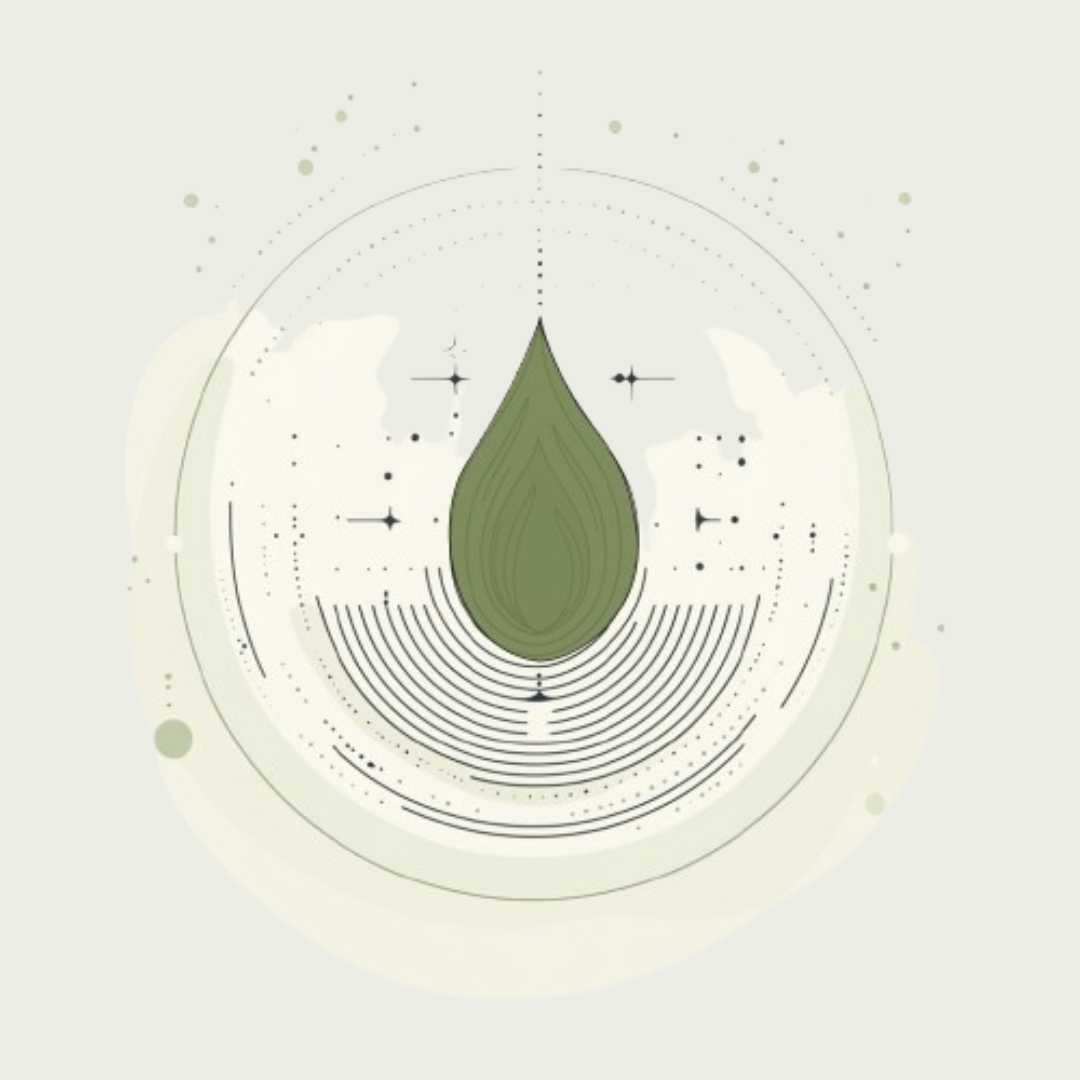Highlights
Origin of the Universe
The earliest descriptions of Ayurveda can be found scattered in the Vedas. Being a healing science that developed during the Vedic era, it is no wonder that Ayurveda is intertwined with Indian philosophy and beliefs. So, to understand the basics of Ayurveda, it is necessary to start from the beginning- the Panchamahabhutas, the building block of the universe.
The origin of the universe and our relationship with it has been the subject of study for all major civilizations. Ancient Indian philosophers and scientists, too, had their opinions on this subject. The first Indian philosophy to study the origin of the universe is the Sāṃkhya philosophy. According to this system, the universe is ever existing. Nothing new is ever created. It just transforms from one state to another. Another prominent viewpoint- Vaiśeṣika philosophy-holds that the entire universe is made of eternal and indivisible units or atoms (paramāṇu) which are invisible to the naked eye. Ayurveda has adopted relevant observations from different philosophies to establish a medical philosophy that meets the practical purpose of healing. Unlike modern medical philosophy, Ayurveda has a holistic system that combines the body, mind, and the universe to approach health and illness.
Indian scriptures opine the universe keeps oscillating between creation, sarga, and dissolution to nothingness or laya. Things pass through three phases- manifestation, existence, and destruction- and the cycle keeps repeating. Ayurveda is all about knowing these phases concerning each individual and enabling them to transition smoothly across each of these phases. The goal of Ayurveda is to help us gain enough time and capability to fulfill our share of obligations (dharma), reap the fruits of it (artha), and enjoy the wellness (sukha) of life. To achieve this goal, Ayurveda makes sure that its foundational theories comply with that of the perceived universe and its laws.
Why are the Panchamahabhuthas named so?
The Sāṃkhya philosophy introduced the theory of Five Elements, or the five ‘existents. ‘Pañca’ means ‘five’ and ‘bhūta’ means ‘that which exists’. Pañcabhūtas form the building blocks of the observable universe. They are Earth (pṛthivī), Water (āp), Fire (tejas), Air (vāyu) and Space (ākāśa). Everything in the Universe is a coalescence of these five elements in varying proportions. The five elements that make up this universe also make up this earth, the things that belong to it, and the things that live and die in it. Ayurveda, too, identifies with this concept and lays it as one of its founding principles, the ‘loka-puruṣa-samavāya siddhānta’, to establish that we and our universe are interrelated and inseparable.
It is crucial to understand that the names of Pañcabhūtas are metaphors. The names will help us create an instant but simple idea of the qualities and functions of that element. For example, the term ‘water’ will instantaneously bring up a picture of a transparent liquid. But with the corresponding element, it is not this material water that is intended. Instead, the name ‘Water’ is given to a collection of qualities and functions. The attributes are liquid (drava), cold (śīta), heavy (guru), viscid (snigdha), slow to act (manda) and dense (sāndra). The functions are viscidity (snehana), secretion (viṣyanda), dampening (kledana), satiating (prahlādana) and binding (bandhana). Any entity expressing these attributes and or performing these functions is ascribed to have a predominance of ‘water’ element. This entity can be anything..a food, a body tissue, or a result of a disease process.
Why are there only five elements in Ayurveda?
The universe is diverse, and the things in it are innumerable. Modern chemistry has identified 118 elements. So we may be inclined to think that the Indian philosophers may have gotten the number wrong when they said there are only five elements. To clarify, we need to understand that the standard translation as ‘element’ for the Sanskrit term ‘bhūta’ is the primary reason for confusion. As mentioned earlier, ‘bhūta’ means ‘that which exists,’ and even modern-day elements consists of ‘bhūtas’. A closer understanding of any element or its product will allow us to collate its attributes and functions with that of the pañcabhūtas. A substance (dravya) in Indian philosophy is that upon which characteristics (guṇa) and functions (karma) are dependent. Nothing exists without a feature or a function; we cannot perceive it even if it does. We can only perceive attributes and functions through our senses. And, because we only have five sensory organs, the number of bhūtas is also five. Each sense organ is considered the seat of a bhūta receiving the unique property ascribed to that bhūta. The senses and the bhūta to which they are connected are:
- Auditory - Space
- Tactile - Air
- Visual - Fire
- Gustatory - Water
- Olfactory - Earth
All the attributes and functions of all the substances in this universe can be connected to at least one of these elements.
How are Pañcabhūtas and Tridoṣas Related?
Even though Ayurveda sees everything as ‘pāñcabhautika’ or five elementals, it uses a seemingly distinct language to talk about it. This language is the ‘tridoṣa’ theory. The term ‘doṣa’ means ‘that which can become bad or corrupted’. Hence, this theory is about three cardinal bio-entities that can quickly get abnormal- so much so that the very name is a warning. Now, wait a minute! What does doṣas have to do with the five elements, you ask? Well, everything. Because ‘tridoṣa’ is nothing but a simple regrouping of pañcabhūta itself. Vāta, Pitta, and Kapha are the three doṣas. As mentioned above, they are simply a regrouping of the five elements. Space and Air are grouped as Vāta. Pitta is predominantly Fire (with a dash of Water), and Kapha is Water and Earth.
This regrouping is exclusive to Ayurveda. This is because even though the theory of five elements suffices to explain the attributes and functions of non-living things, using them to explain life activities makes things complex and impractical. By modifying panchabhuta into the tridoṣas, it becomes easy for Ayurveda to define and manage the intricate workings of life and illness.




